
Generating and using Let’s Encrypt wildcard certificates with cert‑manager
Wildcard certificates are amazingly easy to set up and manage with cert-manager. I don’t know how I managed without them for so long.




Wildcard certificates are amazingly easy to set up and manage with cert-manager. I don’t know how I managed without them for so long.

Have you ever accidentally committed a secret to a Git repository? It’s a simple mistake that can be hard to fix, but it’s also easy to prevent.
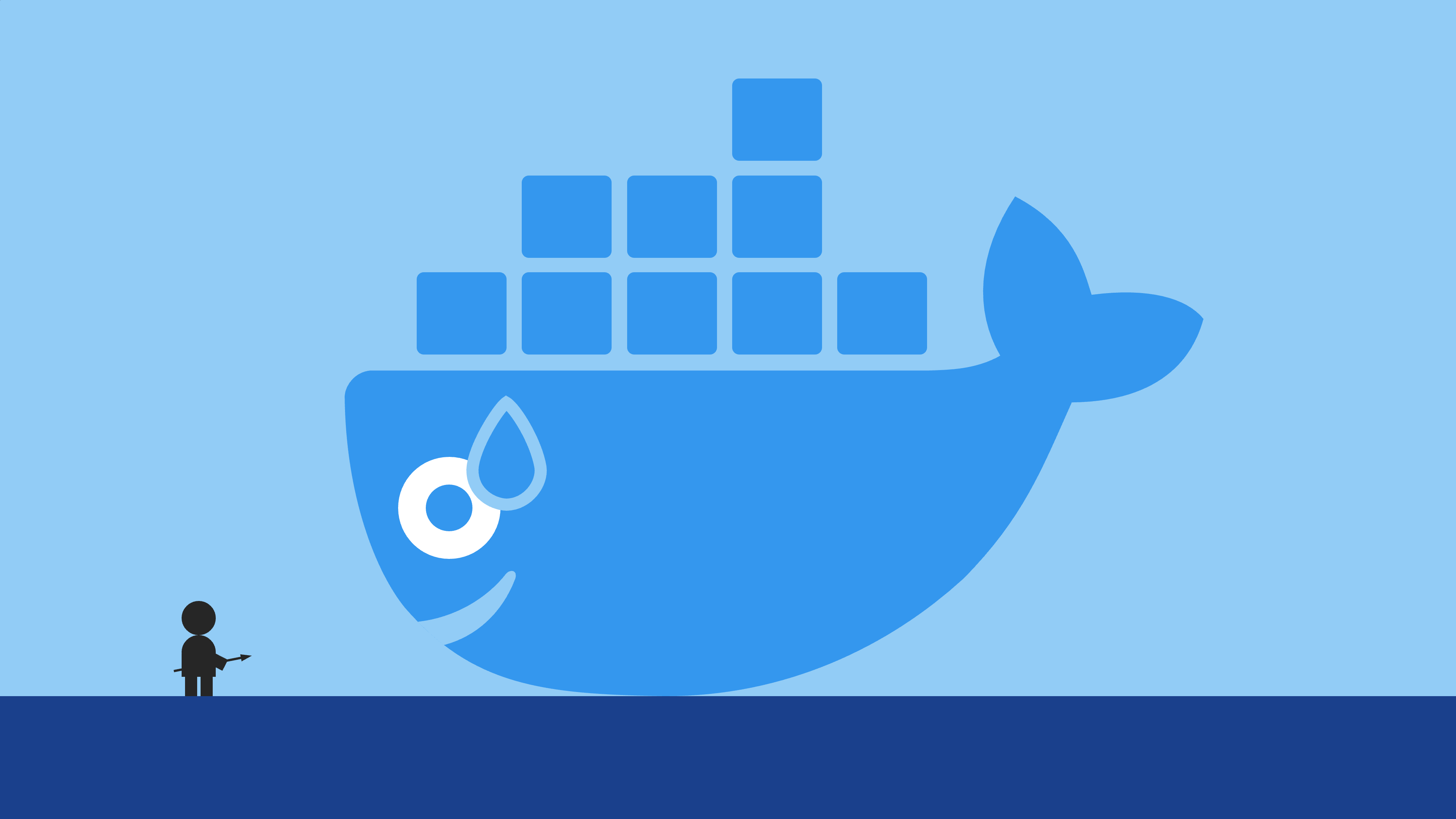
It’s easy to write Dockerfiles that work, but also to write Dockerfiles that suck. Here are some tips and tricks for writing better Dockerfiles.

Helm charts are re-usable packages for Kubernetes resources. They are easy to share and use, but this comes at a price.

I’m in the market for a tool that can help me analyse logs, traces, and metrics, and I was hoping that this paper could help me pick one.

Next time cyber security comes up in a meeting, consider throwing in “CIA” and “DIE” so people think you know things.

Since its introduction a few years ago, GitHub Actions has become the dominant CI service. How did this affect competing CI services?

This week’s paper presents a catalogue of best practices for infrastructure as code programs.

When you move a pod to another node, Kubernetes creates a new pod and kills the original. Is there a more humane way?
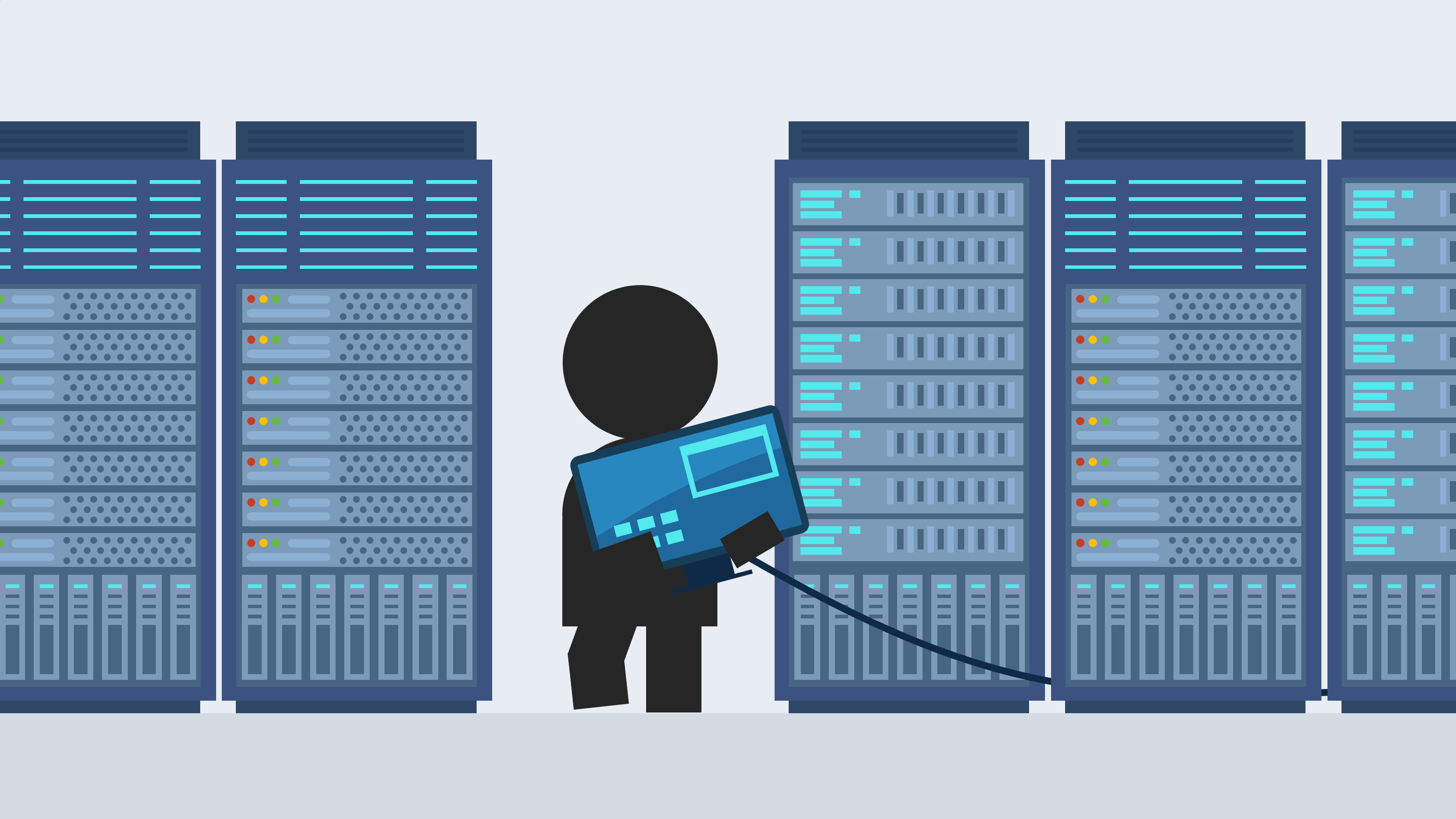
There’s an easy way to keep scripts and commands “alive” when you disconnect from a server.

This catalogue of 79 bad smells can help you make your continuous integration processes less shitty.
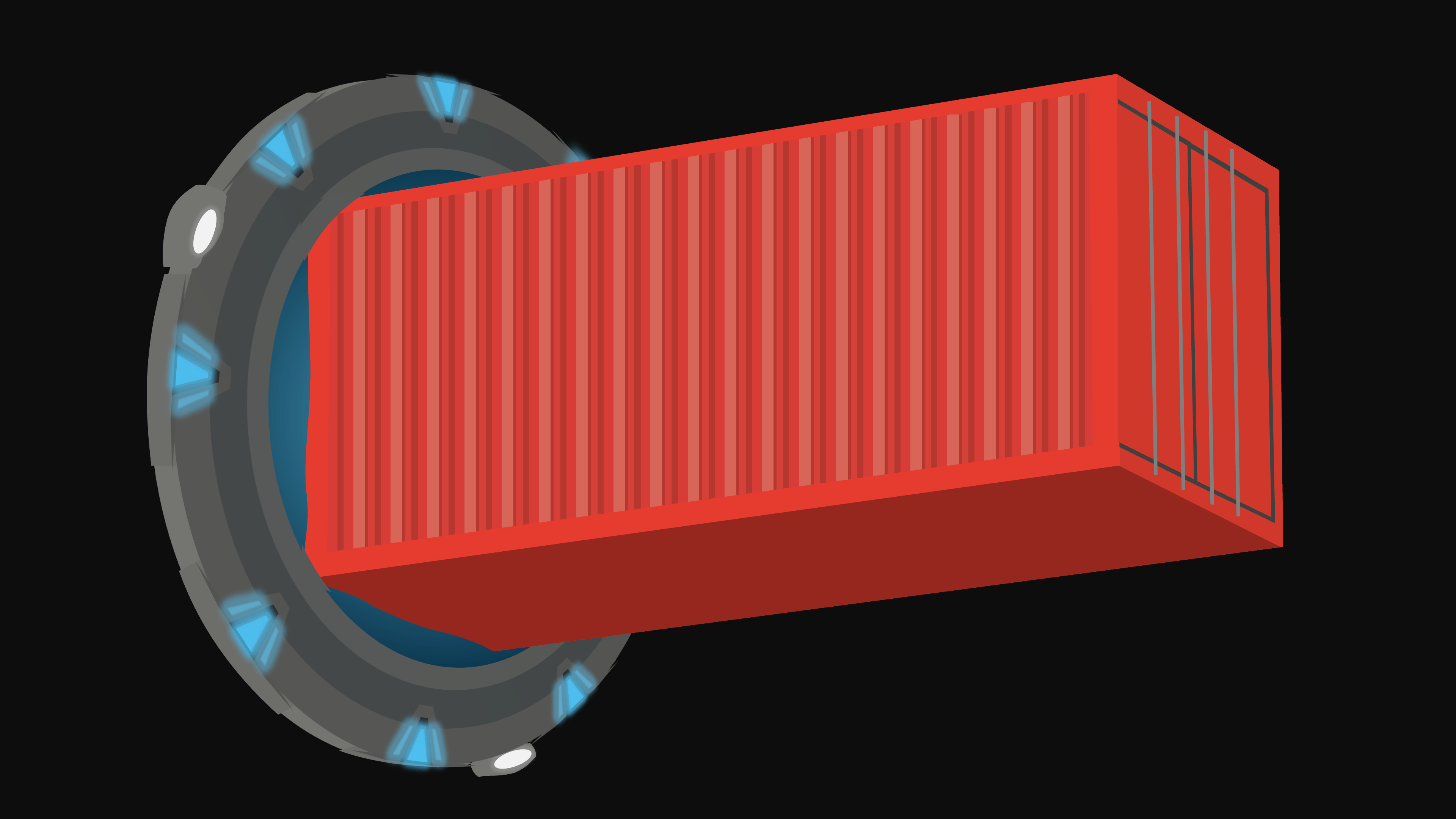
Containers are often used for development and deployment of server-side software. For good reason or are we all just cargo culting?

This study suggests that continuous integration practices are kind of like Scrum, in the sense that everyone does something different.
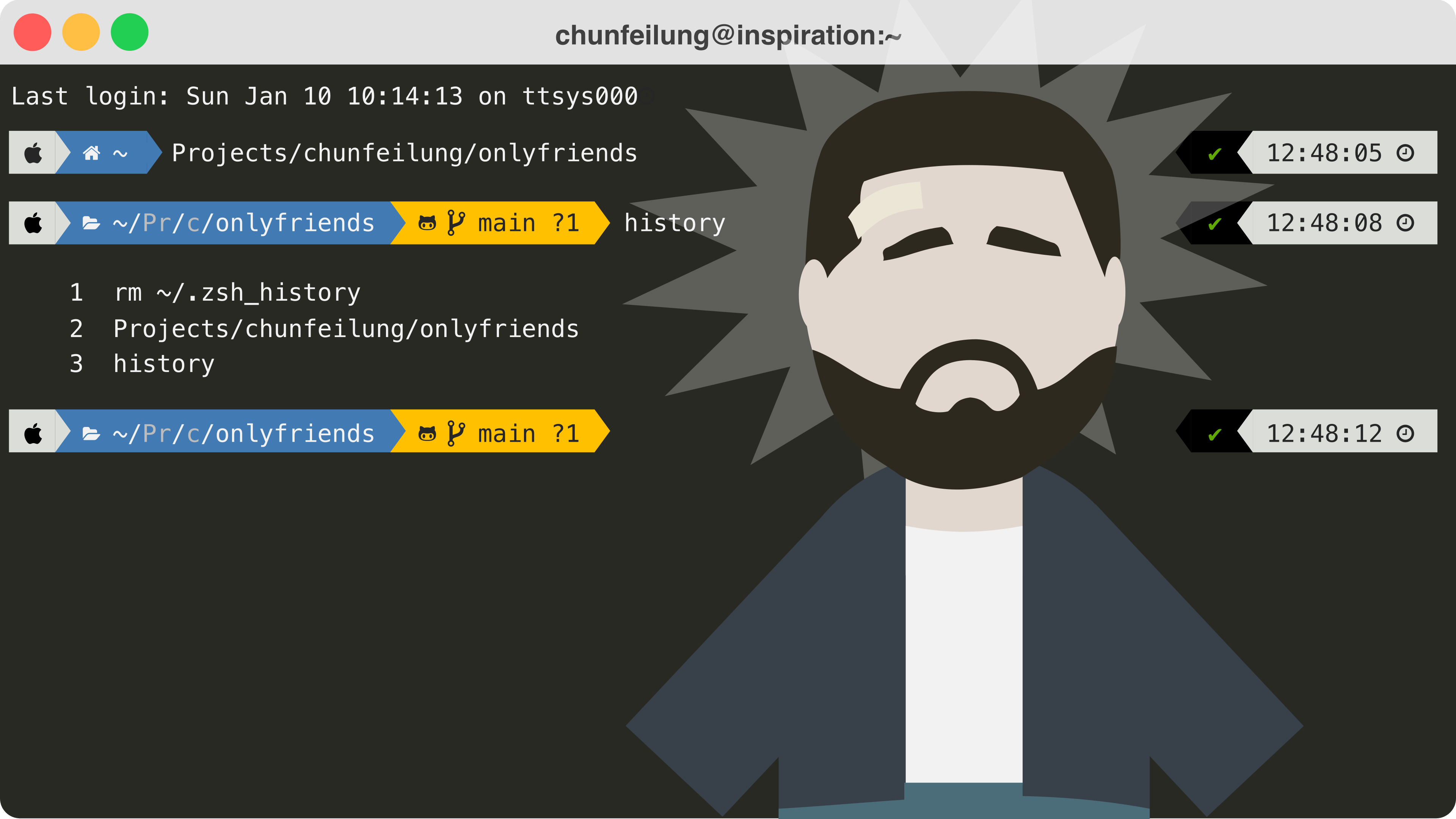
Unix shells remember which commands you have issued through them. Here are a few ways to make use of that command history.
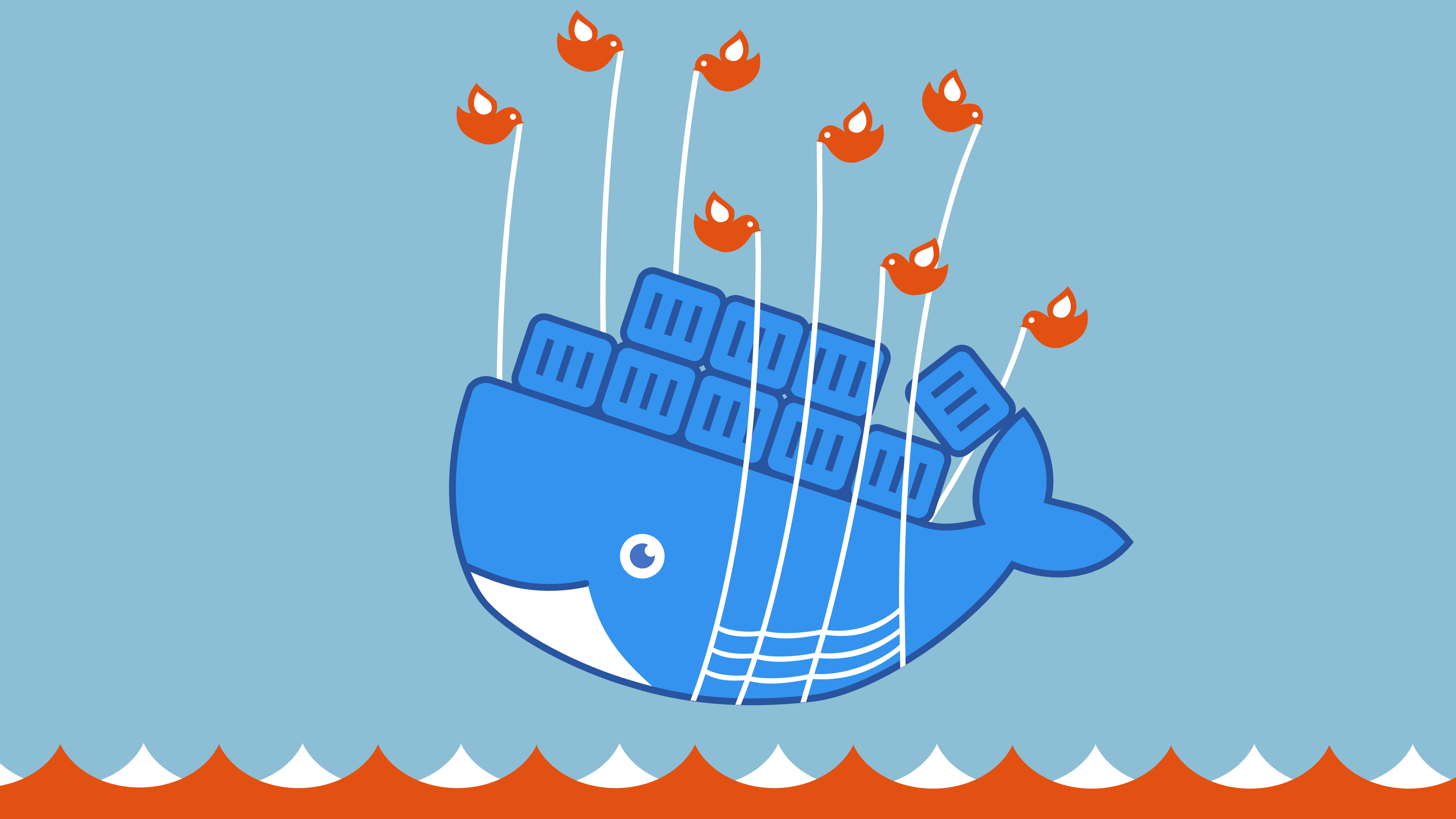
Docker makes it easy to upgrade applications in production environments in-place, but not without risk.
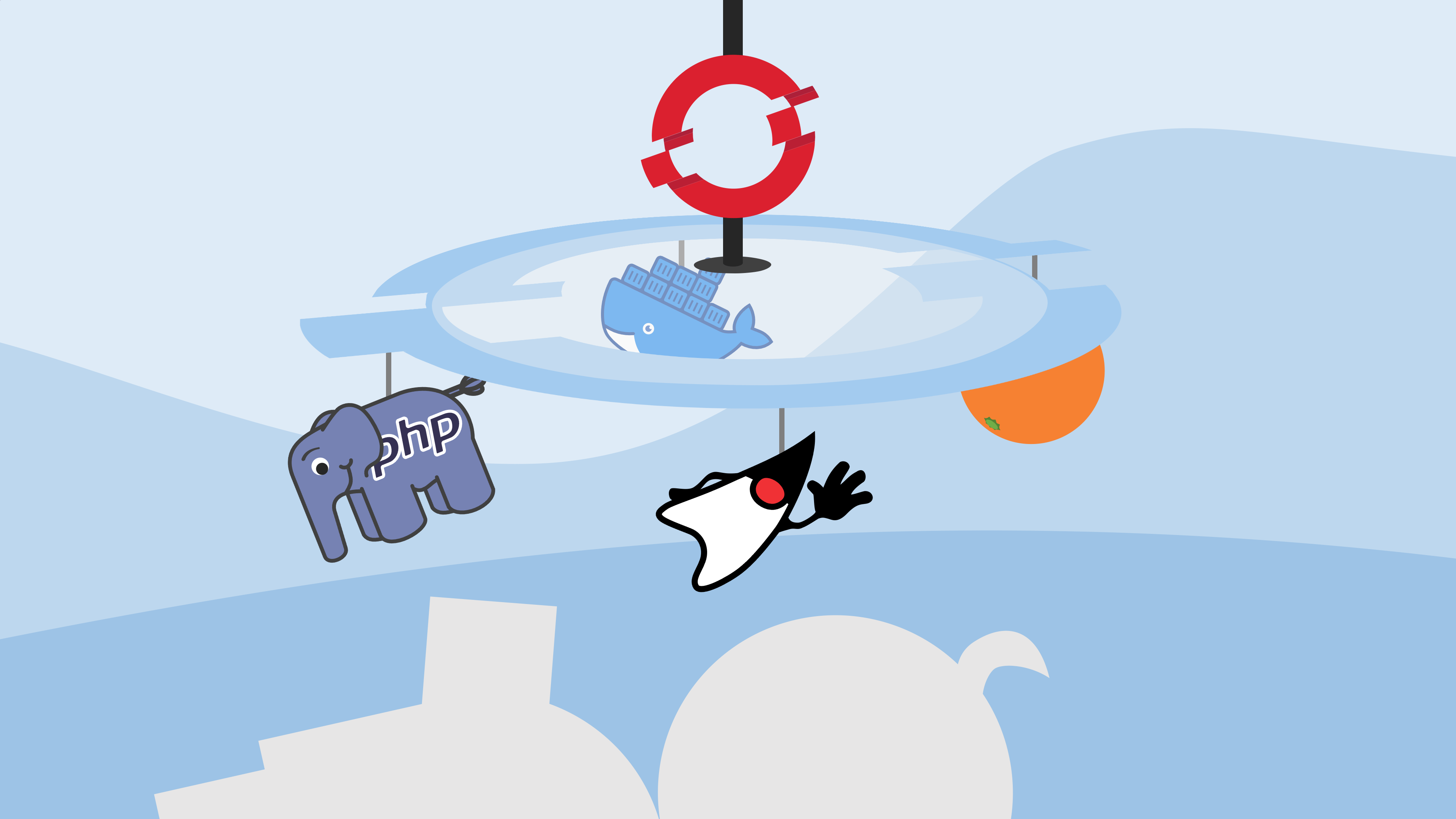
Spoiler alert: they’re not the same.

The htop utility lets you view and manage running processes from a terminal. But how do you use it?
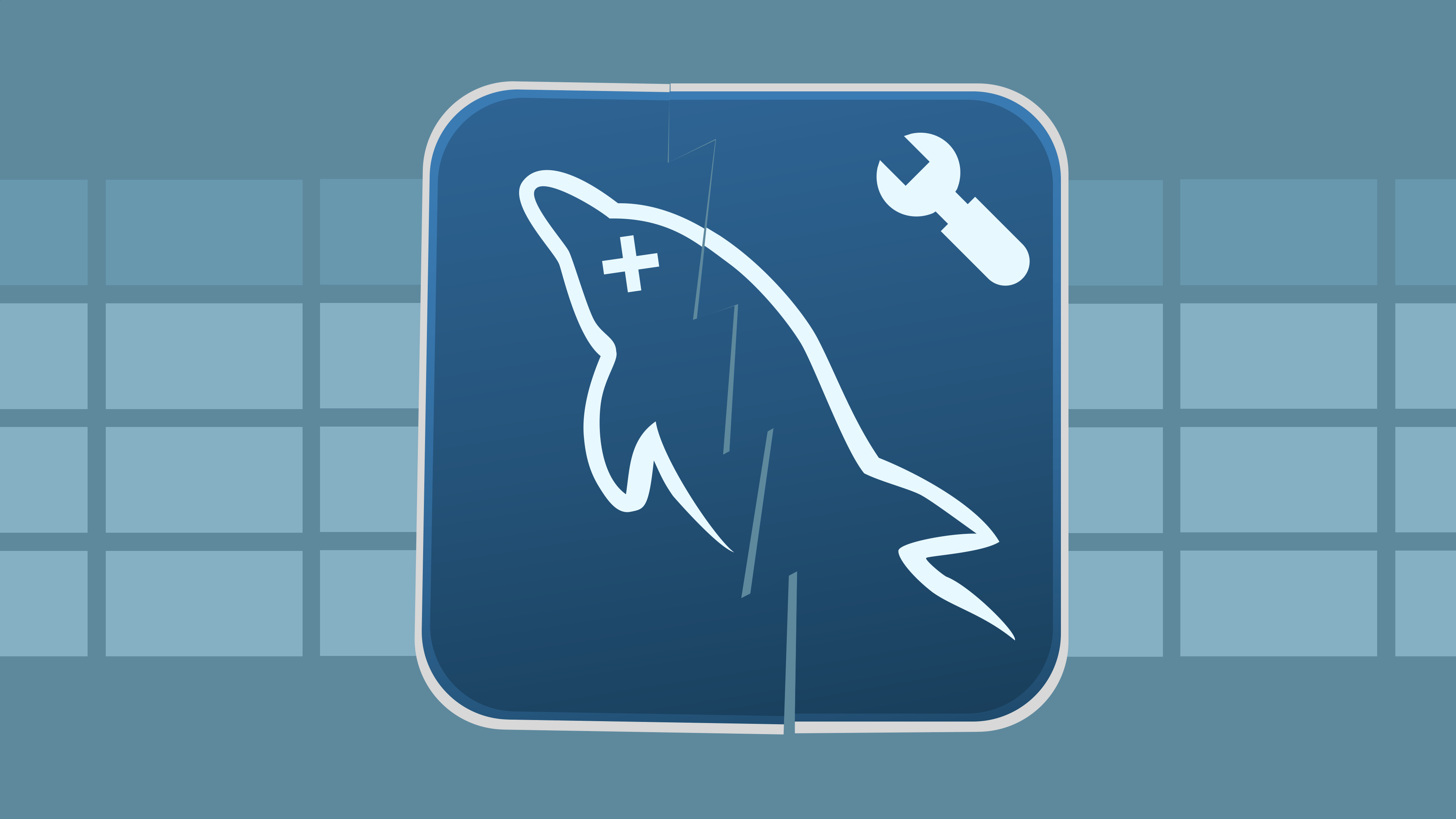
MySQL Workbench 8 contains a bug that prevents it from starting on Macs. Don’t worry: it’s easy to fix!
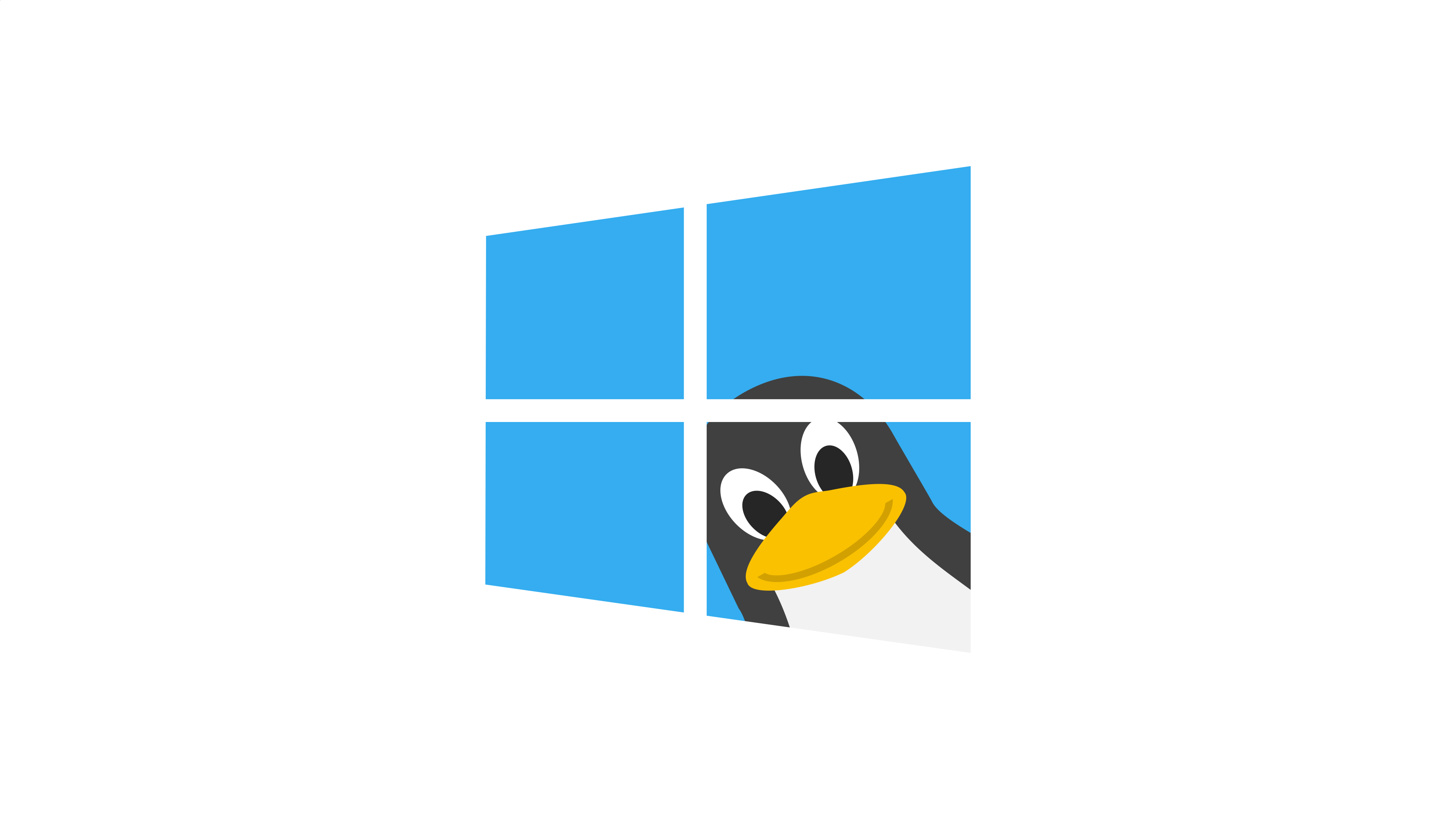
Spoiler alert: no.

The people at Netflix tell you how they intentionally break things on production to test remote procedure calls.

Continuous integration should make everything faster, but it can actually slow things down too.

What makes people abandon their continuous integration service?